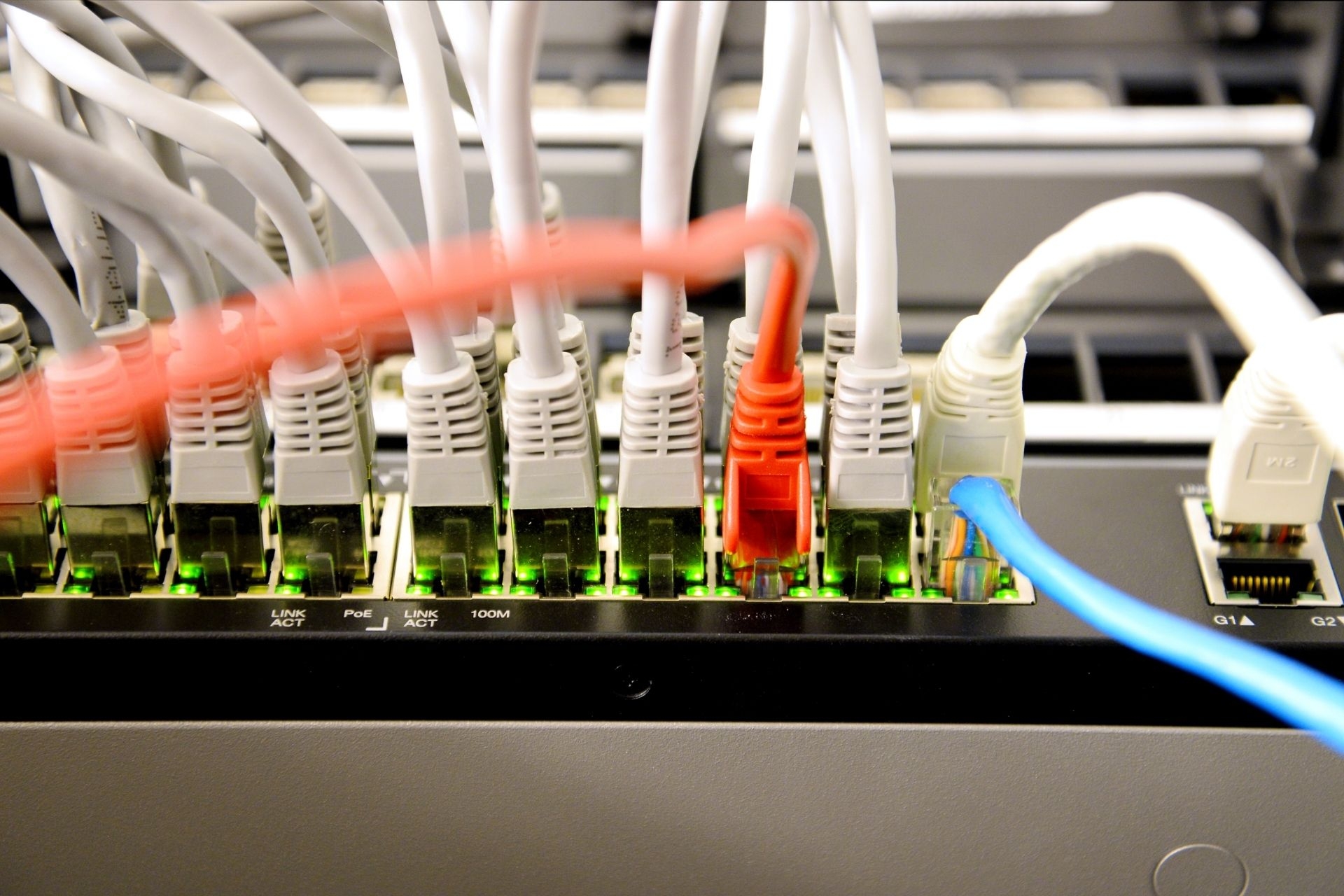Network Traffic Analysis Tools
How do network traffic analysis tools help in detecting and preventing cyber attacks?
Network traffic analysis tools play a crucial role in detecting and preventing cyber attacks by monitoring and analyzing the data packets flowing through a network. These tools can identify patterns of behavior that deviate from normal network activity, such as unusual spikes in traffic or communication with known malicious IP addresses. By detecting these anomalies, network traffic analysis tools can alert security teams to potential threats and help them take proactive measures to mitigate the risk of a cyber attack.
Bulk Internet Services, Technology and Equipment




